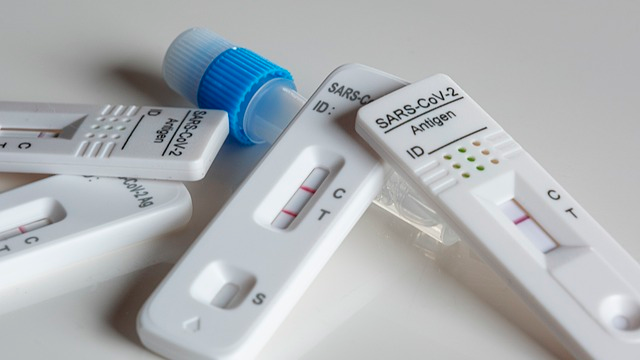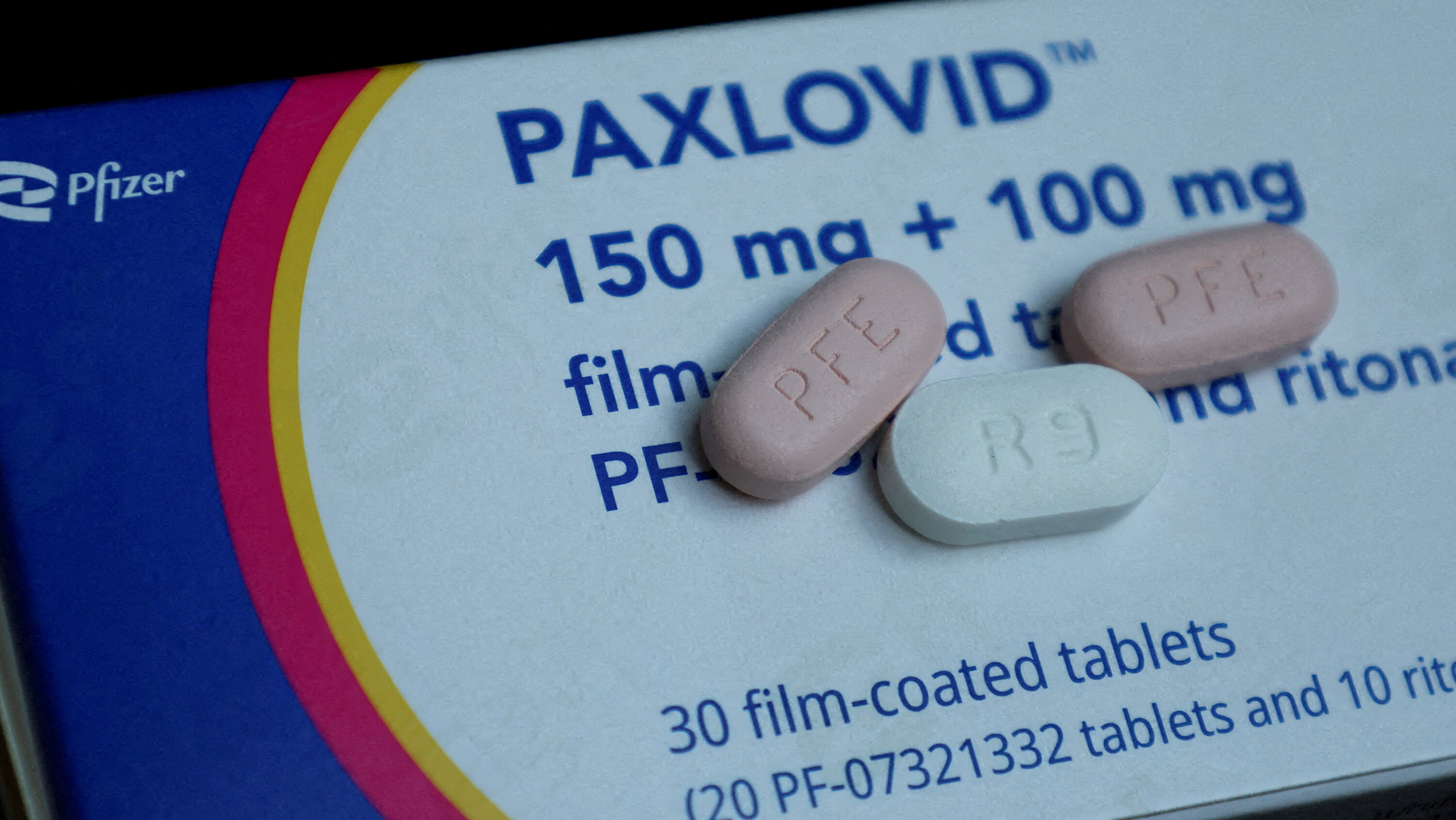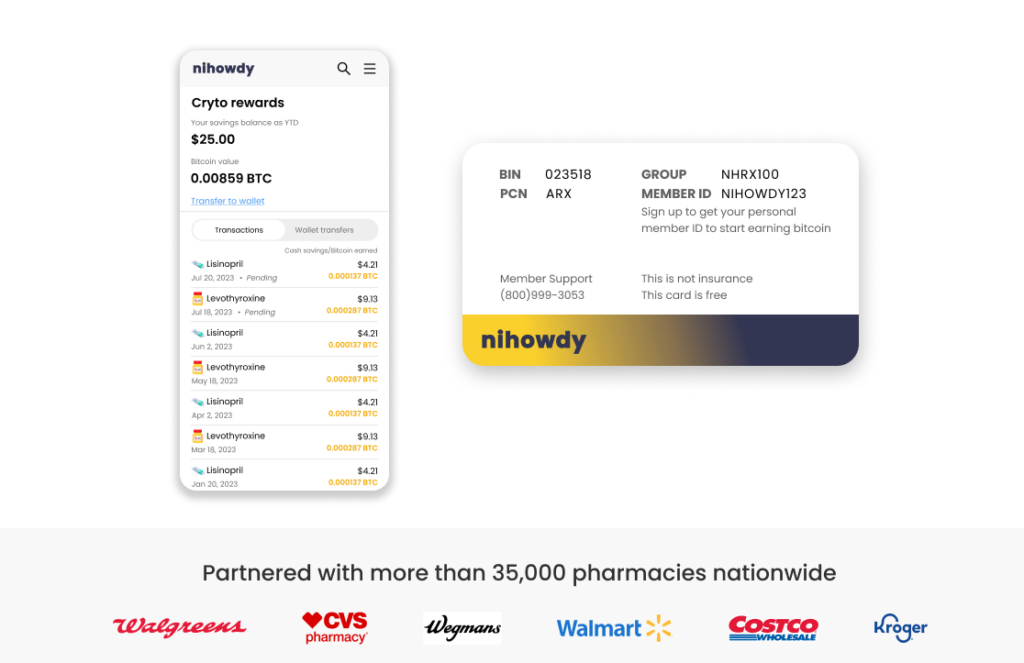Decoding Timelines: When to Test After Taking Paxlovid for COVID Rebound Clarity

Finished Paxlovid and unsure when to test for COVID-19? Testing is particularly vital if you experience returning symptoms, and doing so between two to eight days post-treatment is key. Our article cuts through the confusion, offering straightforward insights on when to test after taking Paxlovid and what to expect if symptoms resurface.
Key Takeaways
Paxlovid rebound, characterized by returning COVID-19 symptoms or positive tests after treatment, occurs in a similar proportion of those treated with Paxlovid and those given a placebo, suggesting it’s part of the viral infection’s natural course.
Post-Paxlovid testing should be symptom-driven within 2 to 8 days after recovery, with repeat testing recommended only if symptoms reappear or for confirming a negative result in certain situations.
Paxlovid is a protease inhibitor that effectively reduces COVID-19 hospitalizations by 90%, especially when taken early, and comes with considerations for those with mild-to-moderate kidney disease or potential drug interactions.
Understanding the Paxlovid Rebound Phenomenon

Understanding the concept of “Paxlovid rebound” is essential in grasping the effects of Paxlovid. This phenomenon occurs when COVID-19 symptoms resurface or when a patient tests positive again between 2 to 8 days after finishing the prescribed Paxlovid regimen. Fortunately, these recurrent symptoms typically present milder manifestations than those experienced during initial infection and rarely necessitate hospital admission.
The Centers for Disease Control and Prevention (CDC) has posited that variations in symptoms following treatment with Paxlovid might be part of what’s expected within the disease control narrative, especially regarding COVID infections instigated by SARS-CoV-2. Notably, reports from clinical trials demonstrate comparable frequencies of symptomatic recurrence among patients treated with both Paxlovid and placebos – pointing toward an absence of causality between taking Paxlovid and experiencing a viral resurgence while also illuminating our understanding concerning viral infections’ natural history.
A critical factor influencing effective management against such rebound episodes pertains to timing: commencing therapy with this oral antiviral medication promptly – specifically within three days from first noticing signs – can lower chances for post-treatment symptom reemergence significantly.
Initiating treatment prematurely — especially prior to surpassing three full days since early symptom onset — has been connected to amplified risk rates tied directly with encountering subsequent viral load that rebounds once treating ceases.
Optimal Testing Strategy Post-Paxlovid Treatment

After completing the Paxlovid treatment for COVID-19, you might be wondering when the right time is to undergo another COVID-19 test. Aim to get tested between two and eight days following your initial recovery – but remember, this isn’t just about ticking a box with another test result. The focus should remain on closely monitoring any returning symptoms.
Should any of those Covid-related symptoms return or rebound symptoms intensify after you’ve started getting better from Paxlovid treatment, that’s your cue to take another rapid antigen test promptly. This approach acts as an alert mechanism in case there’s a resurgence of COVID-19 infection – particularly if it results in testing positive again. Nevertheless, it’s not recommended to engage in regular antigen testing once recovered unless new indications arise pointing towards a possible rebound of the virus or if there’s been confirmation through prior positive results and you require evidence that you now test negative under certain circumstances.
How Paxlovid Works Against SARS-CoV-2

Delving into the workings of Paxlovid, we examine its role as a protease inhibitor. This medication is crafted to inhibit viral replication within the human body and combines two distinct drugs: nirmatrelvir prevents the virus from copying itself by blocking an essential enzyme. Ritonavir, on the other hand, decelerates how quickly nirmatrelvir is broken down in the body thereby boosting its effectiveness.
The impact of taking Paxlovid can be substantial with benefits that include:
An almost 90% decrease in risk for COVID-related hospitalization or death
Notably increased efficacy among those who have not been vaccinated
Reduced viral loads when administered within three to five days after initial symptom onset
A lowered chance both for a potential viral rebound and also decreased possibility of spreading COVID
Paxlovid Interactions and Considerations
Administering Paxlovid should consider more than just a patient’s current state of COVID-19 infection. The decision to prescribe Paxlovid must take into account the likelihood of severe disease, including chances for serious illness, and extends to those who may not be at the utmost risk but are still considered high risk due to factors such as underlying mental health conditions or smoking habits. These individuals could also qualify for this treatment.
Even though side effects like changes in taste sensation or digestive disturbances can occur with Paxlovid usage, they typically do not pose significant severity that would negate its advantages in preventing hospitalization from COVID-19. Assessing both risks and potential gains is critical here.
In cases where patients suffer from mild-to-moderate kidney impairment, it might be necessary to adjust doses of Paxlovid appropriately. This ensures that the administration is both safe and effective in managing their condition.
Leveraging Prescription Discounts
As we navigate the health consequences of COVID-19, it’s equally critical to tackle the economic impact. The NiHowdy Prescription Savings Card steps in to assist with this challenge. By registering on their website, individuals can access this card at no cost and take advantage of significant prescription savings along with clear drug pricing for optimum deals at pharmacies.
The advantages extend even though. Holders of the NiHowdy savings card are eligible to receive up to an extra 3% back in Bitcoin on every purchase made for prescriptions. This distinctive feature sets the Nihowdy card apart by infusing a novel element into healthcare expenditure management.
Summary
In concluding our thorough examination of Paxlovid, including its associated rebound phenomenon and strategies for testing after treatment, it is evident that grasping these elements is essential for the successful management of COVID-19.
Frequently Asked Questions
How fast does Paxlovid start working?
Paxlovid begins to alleviate symptoms of COVID-19 within a span of 1 to 2 days and tends to completely clear them in about 2 to 4 days. It is approximately 89% effective in preventing hospitalizations and fatalities associated with the virus.
What is Paxlovid rebound?
Paxlovid rebound is when COVID-19 symptoms or a positive test result recur 2 to 8 days after finishing the treatment. It’s important to be aware of this possibility.
When should I test for COVID-19 after taking Paxlovid?
Consider undergoing a COVID-19 test within a timeframe of two to eight days after your initial recuperation from taking Paxlovid.
How does Paxlovid work?
Acting as a protease inhibitor, Paxlovid functions by inhibiting a crucial enzyme necessary for the virus to replicate.
Who should be prescribed Paxlovid?
Paxlovid is advised to be prescribed considering the patient’s risk for severe disease. It is intended for those individuals who are at high risk of developing severe illness.


